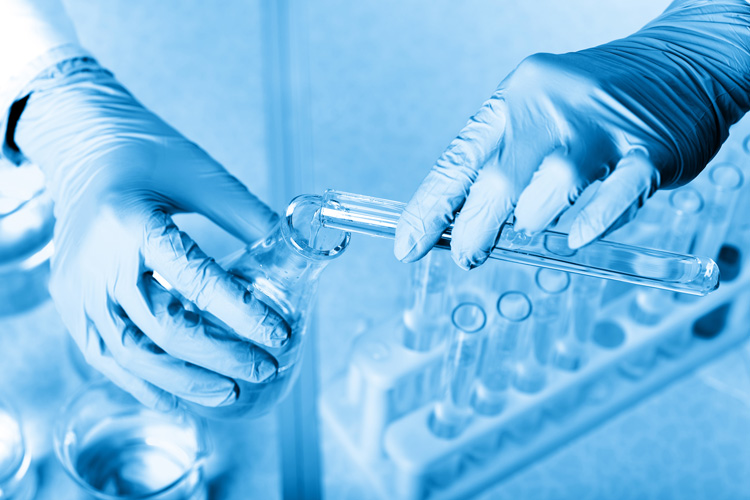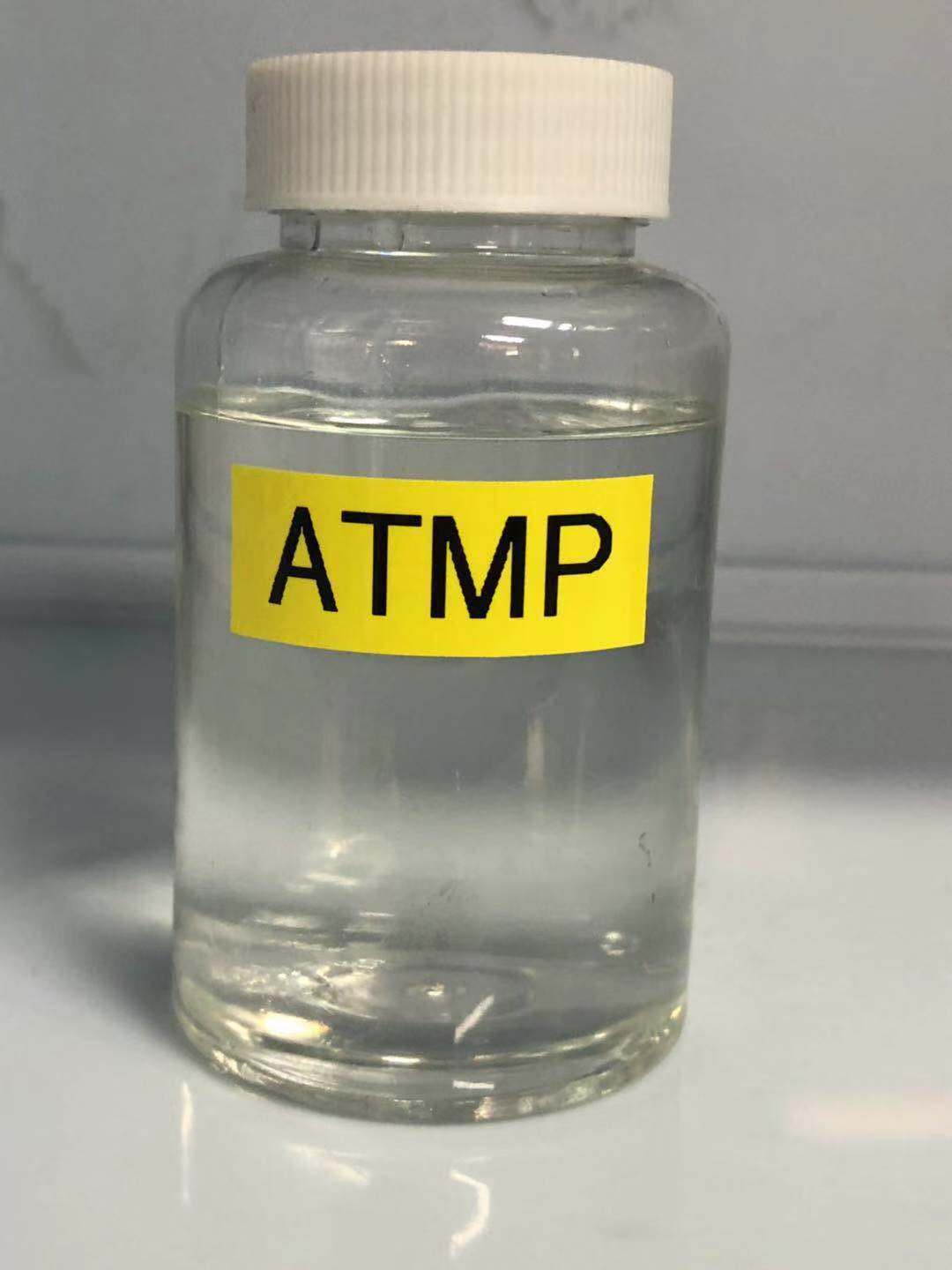+86-13961672821
+86-510-86268020
trust@hi2000.com
trust@hi2000.com
Room 807,No.169 Changjiang road,Huifu plaza,New centre,Jiangyin,Jiangsu China



Views: 0 Author: Site Editor Publish Time: 2025-08-30 Origin: Site










Industrial water systems live or die by their scale and corrosion controllers – and phosphonates like ATMP, HEDP, and EDTMP often lead the charge. Though they share chelating superpowers, their chemical blueprints steer them toward different battles. Let’s break down their strengths and quirks to pinpoint the right fit for your system.
ATMP N(CH₂PO₃H₂)₃: Imagine a nitrogen hub with three phosphonate arms. This tridentate design clamps onto calcium ions Ca2+ like a molecular claw. Practical upshot? In cooling towers (200-800 mg/L CaCO3, it warps growing calcite crystals, stopping scale dead at just 1-5 ppm.
HEDP C₂H₄(OH)(PO₃H₂)₂: A hydroxyethylidene spine anchors two phosphonate groups plus a reactive -OH. Temperatures climbing past 150°C? No sweat. Field techs swear by its dual action in boiler feedwater (pH 8-10), where it traps Ca2+/Mg2+while the hydroxyl group shields metal surfaces.
EDTMP N₂(C₂H₄PO₃H₂)₄: Four phosphonate arms branching from an ethylenediamine core. This heavyweight hexadentate champ engulfs troublemakers like Fe3+ or even radioactive isotopes. In mine runoff or RO pre-treatment, its cage-like grip prevents sludgy metal oxide fouling—though it’s overkill for simple calcium cases.
ATMP’s Sweet Spot: Calcium carbonate scale. At 20-50 ppm, it slaps a protective film on carbon steel, curbing galvanic corrosion in chillers. But push pH beyond 12, and hydrolysis nibbles at its effectiveness.
HEDP’s Heat Resistance: The go-to when boilers hit 120-150°C. It starves oxygen corrosion by locking up dissolved O₂ and wraps copper/aluminum in passive films. Watch alkalinity though—it demands higher doses (5-10 ppm) above pH 10.
EDTMP’s Metal Magnetism: Less a corrosion fighter, more a multi-metal bouncer. Pair it with other inhibitors in brutal environments (e.g., seawater desalination). Just skip chlorinated systems—oxidation guts its power.
Temperature & pH Limits:
ATMP blinks first in sustained heat (>120°C).
HEDP thrives in alkaline heat but hates low-pH surprises.
EDTMP tolerates pH 3-11 but melts near chlorine.
Eco-Footprint:
All three resist biodegradation, but EDTMP lingers longest in waterways. Plants discharging to sensitive ecosystems often favor ATMP/HEDP—and invest in extra filtration.
Scenario Champion Why It Wins
Power plant cooling water (high Ca2+) ATMP Budget-friendly calcium-crusher at 1-20 ppm
Refinery boilers (150°C, pH 9) HEDP Laughs at heat, blocks sulfate scales
Mining wastewater (Fe3+/\(Al3+ soup) EDTMP Grabs EVERY heavy metal
RO membrane pre-treatment EDTMP Stops SO42- scales wrecking membranes
Choosing the right phosphonate isn’t chemistry—it’s strategy. ATMP tames calcium economically, HEDP masters scorching alkaline systems, and EDTMP tackles toxic metal cocktails. Nail the match, and you’ll slash downtime while keeping regulators happy.